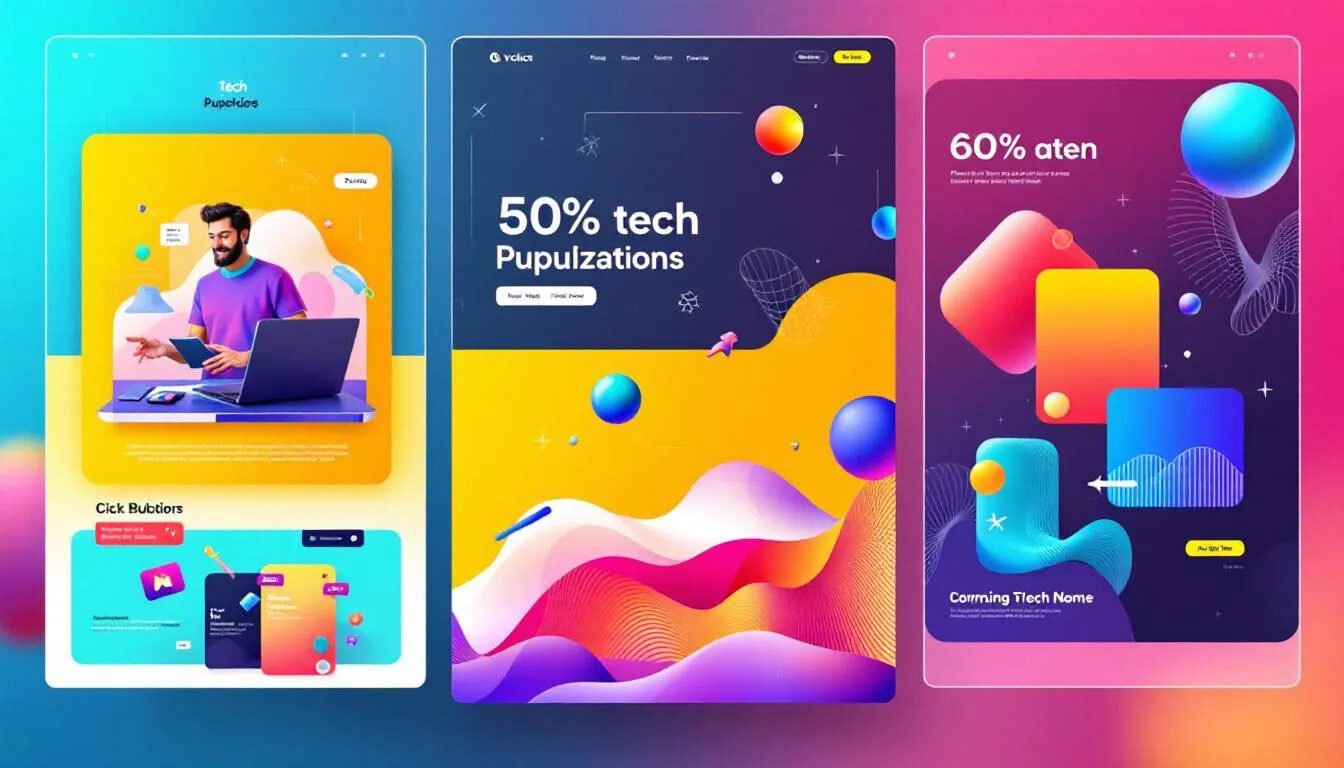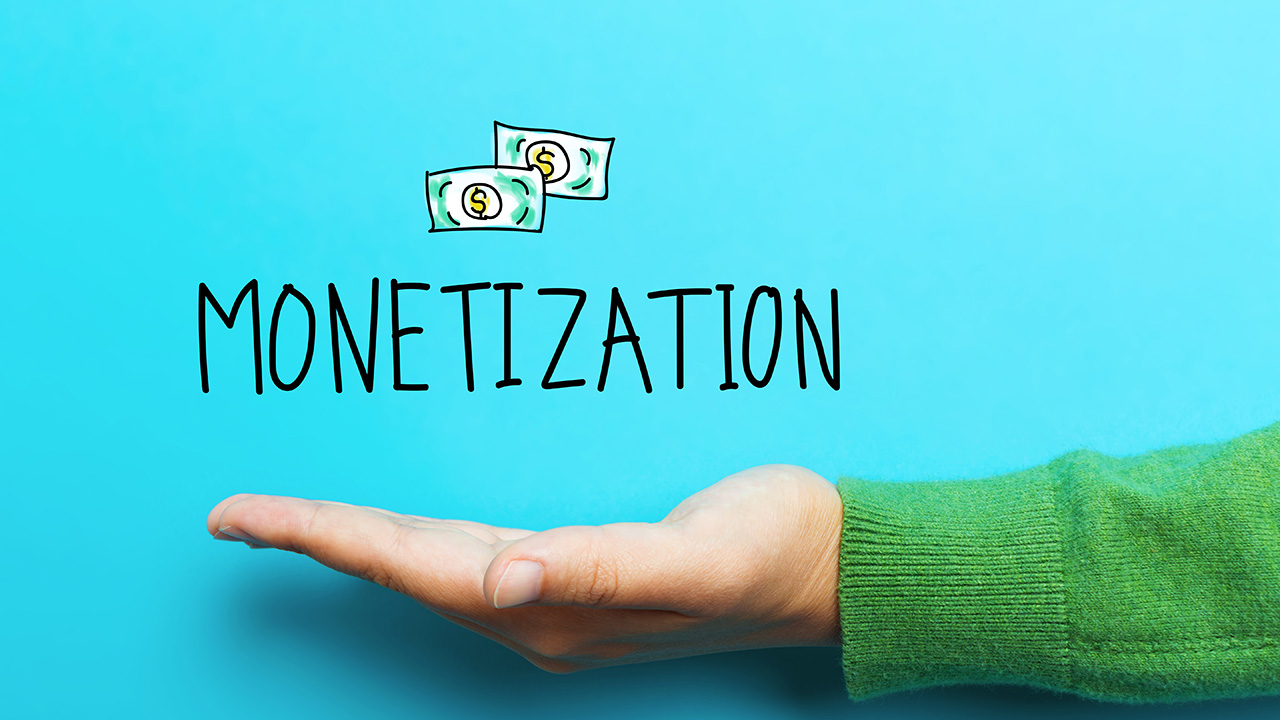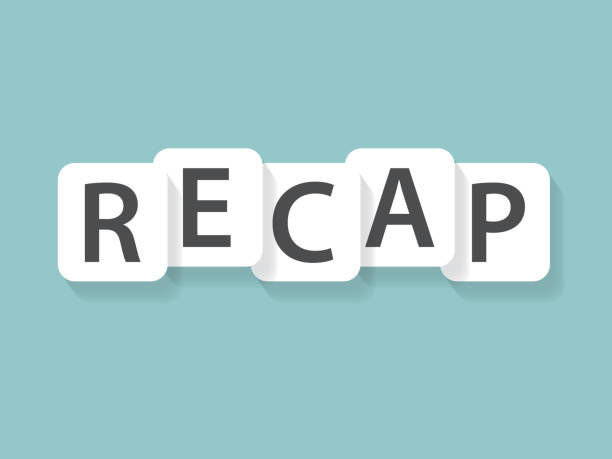Lessons in the New Marketing Experience
Yesterday I attended the New Marketing Experience Conference that was put on by our friend Chris Brogan and New Marketing Labs. This conference was packed with social media advice. Instead of writing paragraph after paragraph about the social media tips from the event I want to use my 140-character limit on Twitter to help pass on some of the lessons discussed in social media marketing. This is what my conference looked like from @VR4SmallBiz’s point of view.
Tweet 1: Piggy back your new Social Media campaigns onto your proven engagement campaigns. #nme10 /via @MickGriffin
Think about what is already working for your business. Maybe you are selling to businesses and you have figured out that your audience is really responsive to webinars or demos of your products. Add social media to these events, Tweet and post to your Facebook pages to invite people to the event. Also add a hash tag and encourage people to Tweet and Facebook during the event. You will only build on the traffic you already receive from your proven campaigns. And after you finish the webinar remember to post your recorded version to your social media platforms to keep building.
Tweet 2: What you can change is if you are part of the conversations. You can’t control them happening
More than likely some of your audience is taking part in a type of social media. Maybe they’re on Twitter or Facebook, or maybe they’re using a blog or a social community. Even if you’re not there your customers could be talking about you. These conversations could be good or bad but if you aren’t there you don’t have the opportunity to be a part of that conversation and represent your business. If you haven’t yet started on social media do a few quick searches on places like search.twitter.com. Search for the name of your business and your services and products to see if anyone is talking about you right now. Then jump into the conversation.
Tweet 3: RT @tedprodromou: @scottalbro says “always be helping” is the new “always be closing”
Scott Scott who with what company? was making two points with this statement. The first one is that customer service is a very important part of your sales team. If you do not have helpful and friendly customer support then customers might start looking at other companies that do. Secondly, customer support needs to reach across all departments. It is a buyer’s market and if you aren’t helping someone do something why would they buy from you?
Tweet 4: Found VerticalResponse customer @StSupery at New Marketing Experience looking to learn how to reuse content – can’t wait to see what they do.
What came right after that tweet:
@VR4SmallBiz Thanks for the mention. We’re doing our best to be a conduit of useful information 🙂 from @StSuperySupport your customers in anyway you can. By engaging them on social media or highlighting them in your email marketing newsletters you will be building your relationship with them and in return finding a more loyal customer.
Tweet 5: 3 types of media; owned (website..) paid (search..) engaged (word of mouth..) All of them can work together via @brickfish
The 3 types of media are “owned”, “paid” and “engaged”. The owned media is anything that you can control and have ownership of. Some examples of owned media would be the content on your website and your social media profiles like your Facebook Fan page. Paid media is something you paid for to drive traffic to your owned media. Some examples are your search or display campaigns and your email marketing. Engaged media is the media that your audience creates for you. When one of your customers tells a friend about your business or tweets about you to their Twitter audience that is engaged media.
These three types of media work together in a continuous loop. Let’s say you write a blog post (owned) and you think that everyone needs to see it because it is so good. So you send out an email marketing campaign (paid) letting your audience know that you just posted something you think they would be interested in and ask them to share it with their friends. After you send out this email, a recipient reads it and agrees it is good. So that person then posts a link from your blog to their Facebook Fan page (engaged). By making all three of these types of media work together you just got your business in front of a few more people. Now you just need to make sure you have an email opt-in form on your blog so you can capture a few more people.
Tweet 6: Outbound leads can be the nudge for some inbound leads. But think about the right timing and message.
A story was told at this conference about a sales person who could tell when someone was on their website. They had the phone number for this particular site visitor, so this sales rep gave that person a call while they were still on the site. The sales rep called this the “pounce method”. After working with the pounce method for a little bit they decided that it was a bit to early in the sales cycle for these potential customers, not to mention creepy. They have since scaled back and now call people who visit their site a few days later. This worked much better for them because their visitors had time to process and think about the info they read on their site. All of your marketing has time slots that are more effective than others. Figure out what is the best time for all of your messages and you will see a better response from your audience.
Tweet 7: RT @gingerw: Really great content is not about what you want to say but about what your audience wants to hear #nme10 you will see it in ROI
Take some time and listen to your audience. Give then a survey or ask for feedback on one of your newsletters. Spend a few days closely following a group of your customers on Facebook and Twitter see what they are talking about on a daily basis. Take a look at past blog posts and see what you traffic has been, then blog more about the content that has been getting a higher traffic rate.The time you take finding out more about what your audience wants to hear will be worth the rewards you receive after your new content is published.
Tweet 8: Email is the digital glue #nme10
Email is a very unique communication tool. It crosses all types of platforms; your phone, your social media profiles, and your inboxes. Email is a tool that people use for the important stuff. When people really want to pay attention to something on social media they sign up for email alerts. Many times people are in their email multiple times a day. I know I check my email on my phone and then save some of the messages as unread so that I can reread them when I am at my computer. Email is a very strong form of communication and if it’s used properly with social media it can be your digital glue that makes all of your social media efforts more successful than they would be on their own. I did a very similar post about a word of mouth conference I attended you can read it here: Lessons in Word of Mouth Marketing.
My biggest take away from the event is that social media can integrate even more than I knew into already proven marketing tactics. Does anyone have any other tips about the integration of social media and other marketing tactics like email newsletters?
© 2010 – 2018, Contributing Author. All rights reserved.



